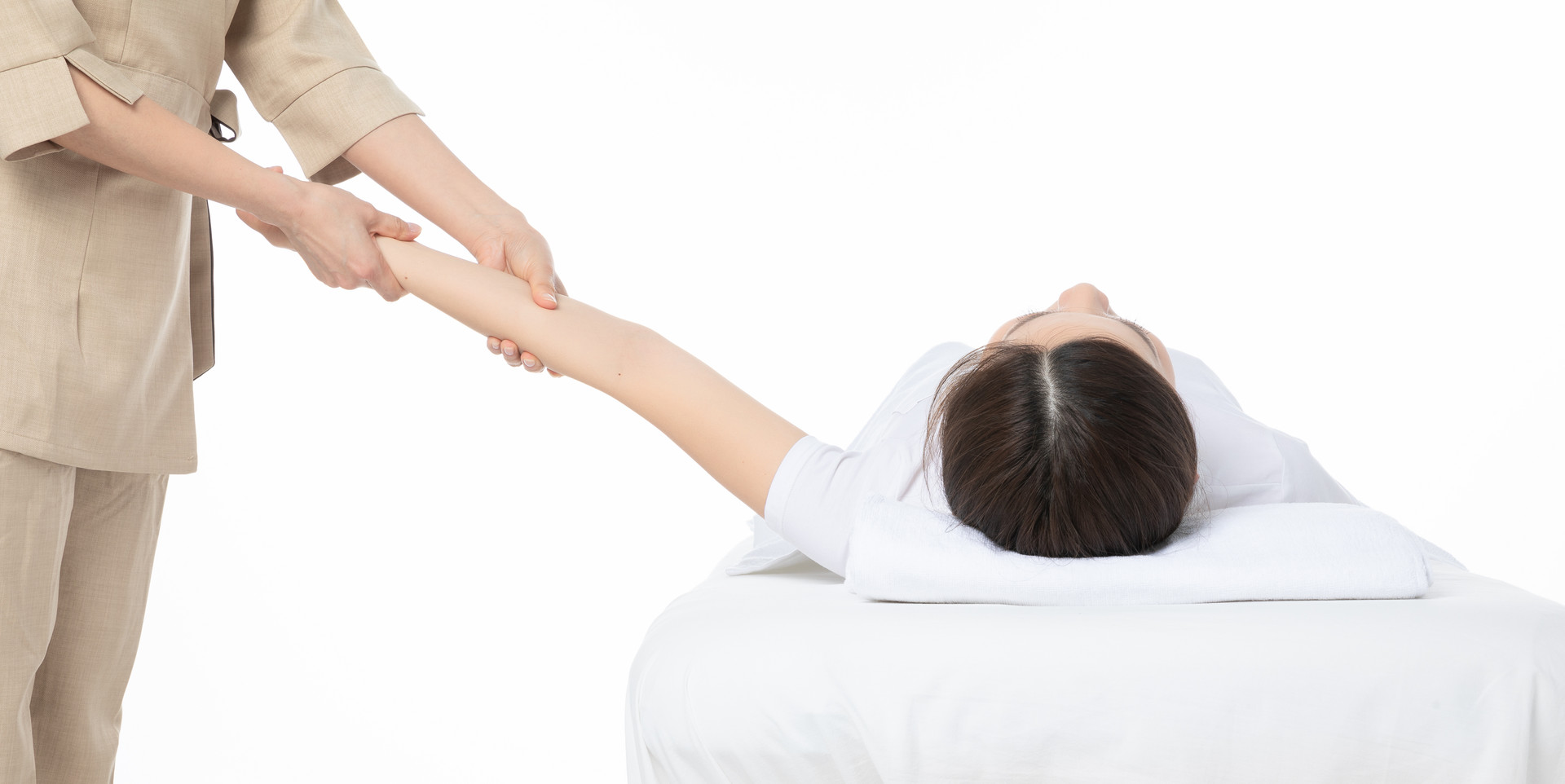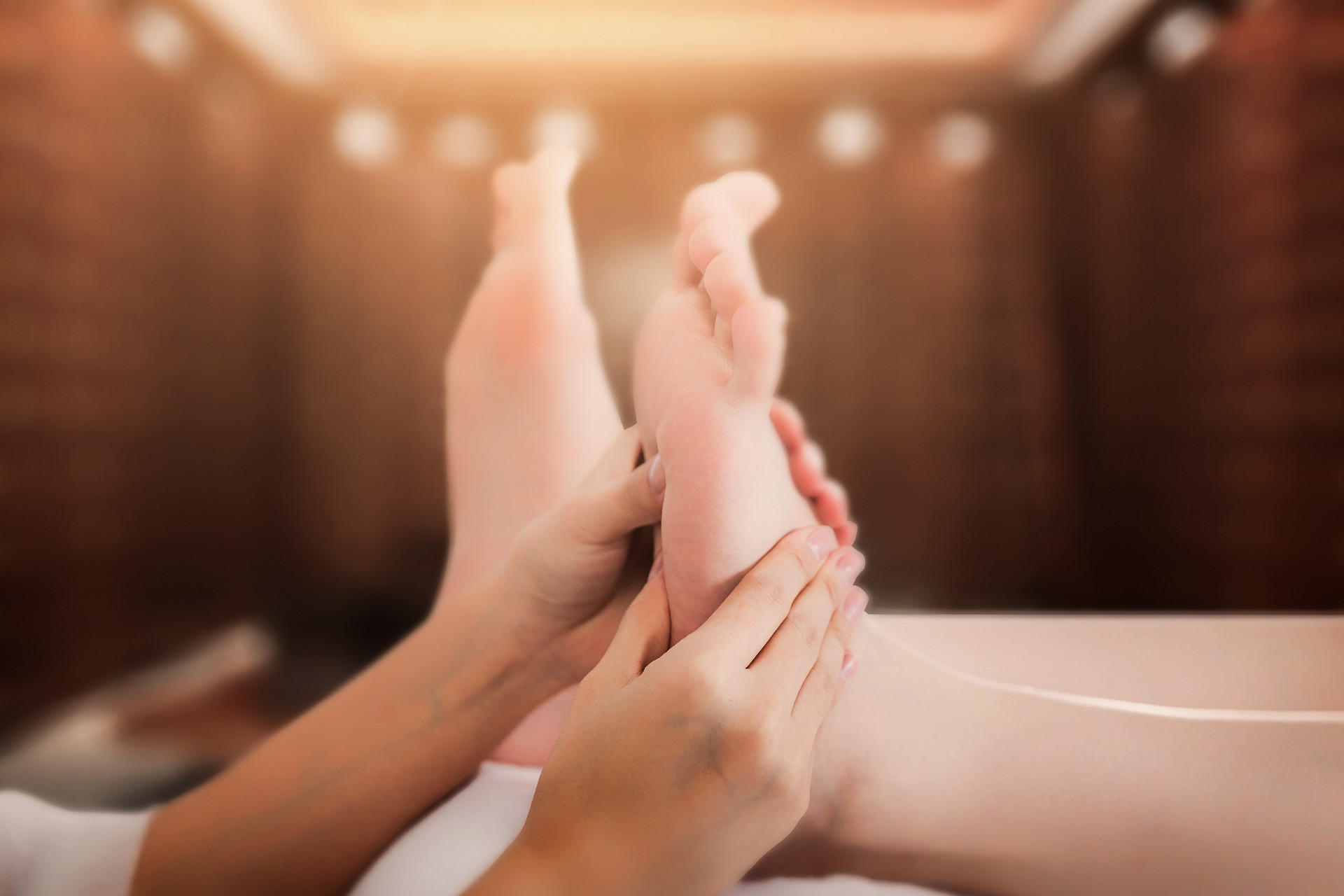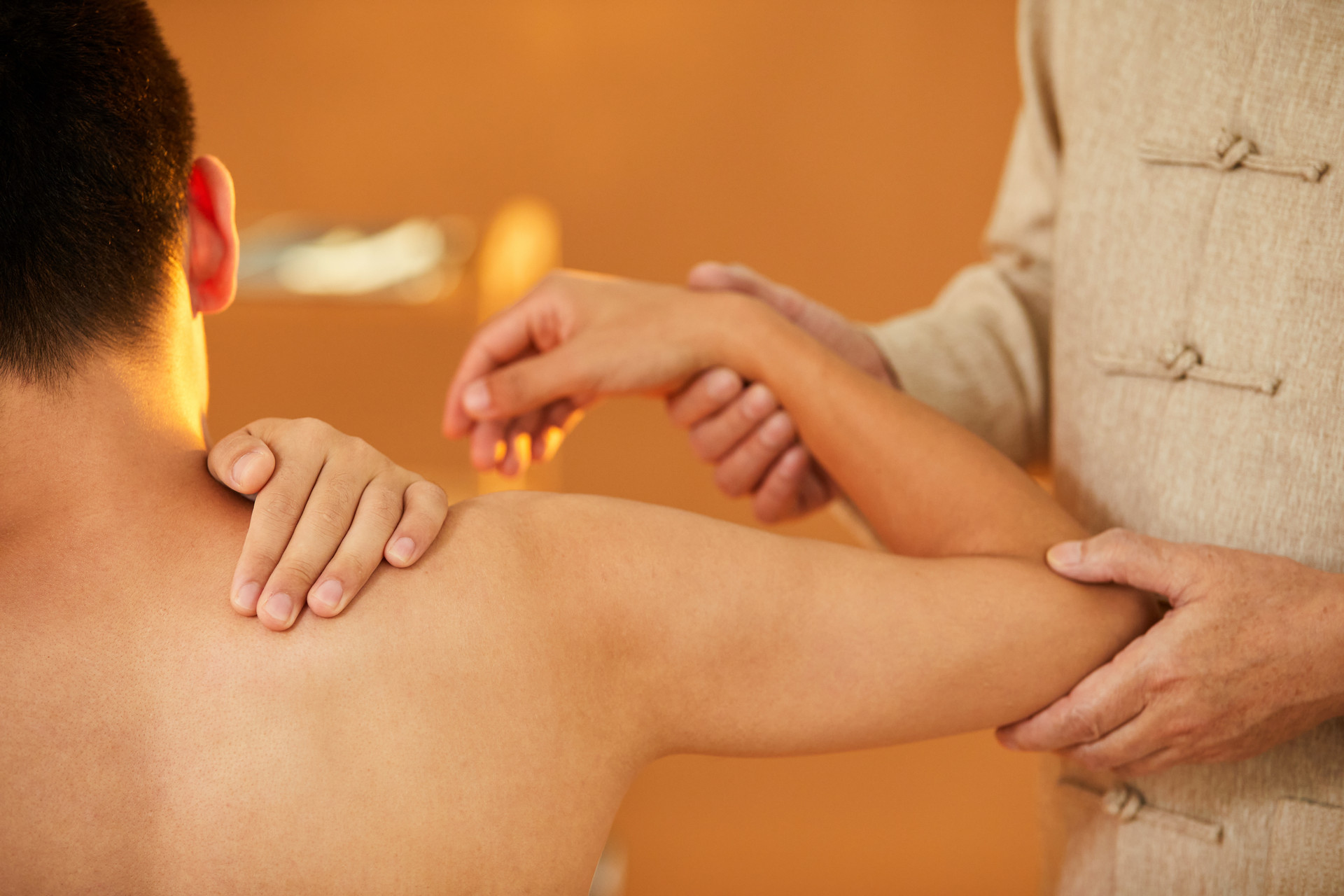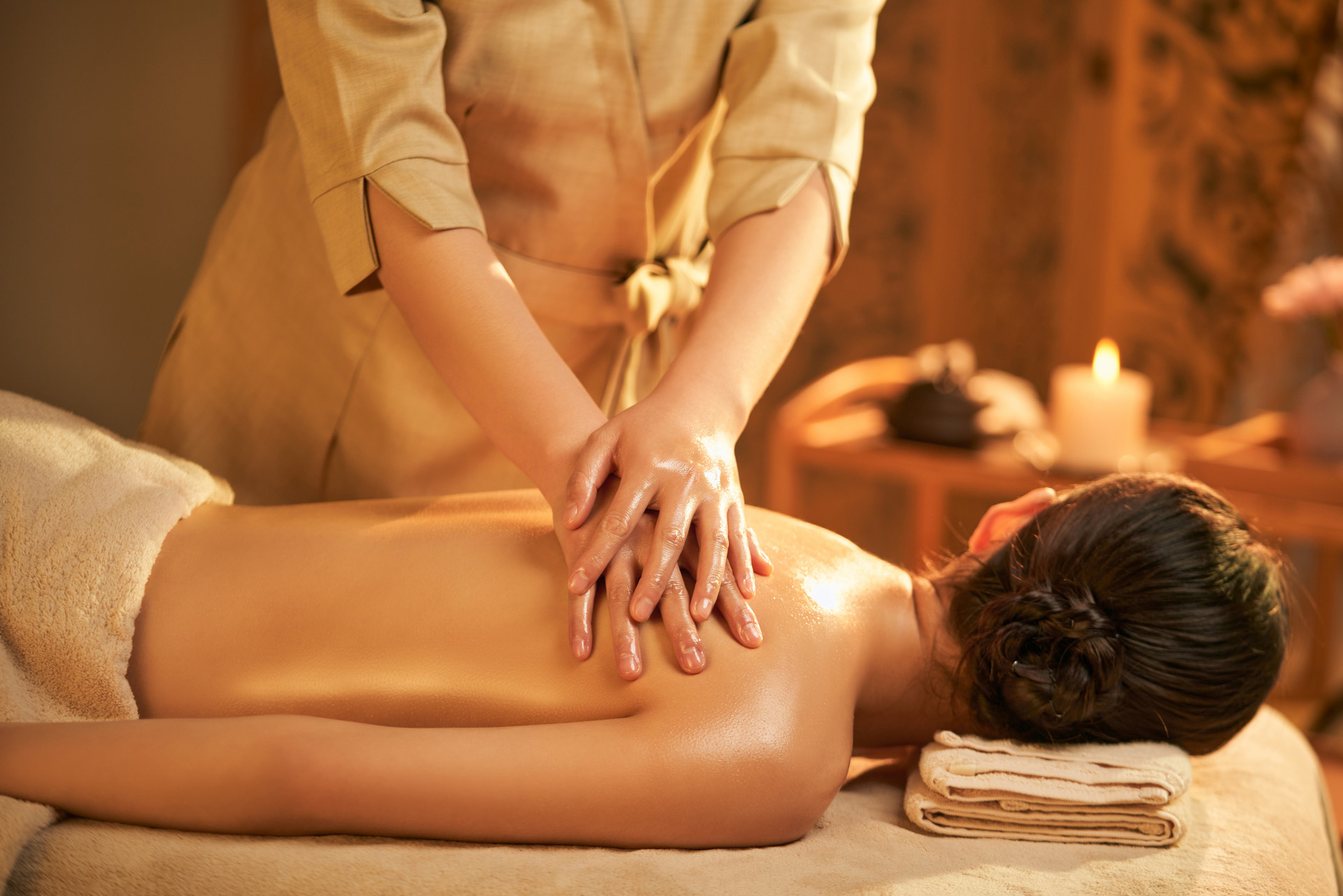Fever in children is a common condition characterized by abnormally high body temperature caused by external pathogenic factors or dysfunction of the organs. Many acute infectious diseases often present with fever as the main symptom, so it is important to pay attention and seek timely treatment to prevent delay in medical care.
Etiology and Pathogenesis
1. External pathogenic factors
Most commonly occurs during sudden climate changes in the winter and spring seasons.
Wind-cold and wind-heat pathogens enter through the mouth and nose → invade the lung defense system → imbalance of the surface defense system → stagnation of defensive yang energy → fever
2. Yin deficiency and internal heat
Constitutional yin deficiency, prolonged illness damages yin, prolonged diarrhea and vomiting deplete body fluids, excessive consumption of warm and dry foods → depletion of yin and body fluids → inability of yin to control yang → fever
3. Lung and stomach heat accumulation
Prolonged failure to recover from external pathogen invasion, prolonged stagnation of milk and food → accumulation of heat in the lung and stomach → transformation of stagnation into heat → fever
Clinical Manifestations
1. Wind-cold type
Fever with aversion to cold, no sweating, nasal congestion, clear nasal discharge, sneezing, cough, clear and thin phlegm, headache, itchy throat, thin white tongue coating, floating and tight pulse, and red fingerprints.
2. Wind-heat type
Severe fever, slight aversion to cold, sweating, headache, nasal congestion, yellow nasal discharge, sneezing, cough, thick yellow phlegm, red and swollen throat pain, dry mouth and thirst, thin yellow tongue coating, floating and rapid pulse, and purple-red fingerprints.
3. Yin deficiency and internal heat type
Afternoon or nighttime fever, heat in the palms and soles, steaming bones, flushed cheeks, restlessness and night sweats, insomnia and vivid dreams, emaciation, thirst with preference for drinking, constipation, scanty and yellow urine, red and dry tongue, absence or scanty coating or peeled coating, thin and rapid pulse, and pale purple fingerprints.
4. Lung and stomach heat accumulation type
High fever with red face, red lips and rapid breathing, loss of appetite, constipation and irritability, dry mouth and thirst, red tongue, yellow and dry coating, slippery and rapid pulse, and deep purple fingerprints.
Treatment
1. Treatment principles: Expel pathogenic factors and release the exterior, regulate the organs, clear heat and drain fire.
2. Acupuncture prescriptions: Regulate the spleen meridian, pacify the liver meridian, clear the lung meridian, activate the internal Bagua, clear the Heavenly River water, stimulate the Tianzhu bone, massage the abdomen, and stimulate the Yongquan point.
3. Treatment methods: Clear the lung meridian, stimulate the Tianzhu bone, clear the Heavenly River water - ventilate the lungs, expel pathogenic factors, clear heat and drain fire. Pacify the liver meridian - soothe the liver and relieve depression, clear heat and drain fire. Regulate the spleen meridian, activate the internal Bagua, massage the abdomen - regulate the middle, harmonize qi, nourish blood and generate body fluids, assist in the production of lung fluids, and assist in the production of kidney yin. Stimulate the Yongquan point - guide heat downwards.
4. Modification of treatment
(a) Wind-cold type: Add stimulation of the San Guan points, knead the Er Shan Men points, and use Feng Chi point to expel wind and dispel cold, induce sweating and release the exterior. The three points are essential for dispelling cold and inducing sweating.
(b) Wind-heat type: Add commonly used acupuncture techniques to treat external pathogenic factors, and massage the Da Zhui point to clear heat and release the exterior.
(c) Yin deficiency and internal heat type: Add massage of the Er Ren Shang Ma points, scoop the moon from the bottom of the water, and knead the San Li point to nourish yin and clear heat.
(d) Lung and stomach heat accumulation type: Add clearing the large intestine, retreating the six fu organs, and stimulating the spine to clear and drain heat accumulation.







